Middle School Projects
道山学海 -成语
Afternoons in the PKS Middle School are reserved for our “project block,” giving students approximately three hours each day for deep, interdisciplinary, hands-on experiences. The project block is co-taught by two teachers, a scientist and a social scientist, both of whom are bilingual and bicultural. These teachers guide students through Units of Exploration that require authentic use of both English and Chinese and allow for scientific and historical inquiry. The project block is long enough to allow for fieldwork, for sustained research, and for the classroom to shed the vestiges of its industrial-era origins and enter our world of open-ended, interconnected possibility. By the end of 8th grade, students will have completed 12 projects and will have 12 tangible products that help them tell the story of their middle school experience.
What kinds of projects do we run? We begin 6th grade with a project entitled “This I Believe.” Our students interview parents, grandparents, and others who have influenced their lives, they read exemplar essays, and they write and deliver a memoir-style speech. Students learn about their new classmates, build a classroom community, and improve their public speaking. The core academic goals in this unit focus on primary source research and data analysis. Students find and analyze primary documents as they learn more about how their family’s journey to the Bay Area fits into the larger immigration and migration patterns of U.S. history.
Simultaneously, students are preparing for a trip to Yunnan, China, where they will connect with Buddhist monks, local farmers, and peer students. They will coach a local partner towards completion of his or her own “This I Believe” speech. During this trip, we will be staying in the beautiful and peaceful Linden Center, a place that helps support students during the challenge of travel. We will return to PKS to set up a multi-media museum exhibit that displays student and partner work
Another project example (8th grade) begins with a study of wavelength and frequency. Students are asked to map the frequency emitted from playing each string and each fret of a ukulele. They must build a 3D model based on the graph of the data, and show mastery of the concept of non-linear growth patterns. They will also develop and explain the relationship between different notes in a major chord, and understand what an octave represents. Students will then study the history of 二胡 and learn some basics of playing this ancient instrument. Again, they will map the sounds of the instrument, noting and explaining the differences and similarities of the sounds created when plucking the strings of a ukulele. Both the banjo and the 二胡 have played fascinating roles in the history of Chinese and American cultural diffusion, and our students will study this history. With this understanding of both the physics, history, and musical range of these two instruments, students will design and build stringed instruments of their own at a guitar shop a few blocks away from our campus.
In all projects, authentic use of both English and Chinese is central to the project design, and this authenticity acts as the strongest motivation for students to use both languages in an academic setting. All projects are interdisciplinary and allow for learning inside and outside of the classroom. Finally, all projects are built upon standards that will allow our students to thrive within rigorous high school curricula.
